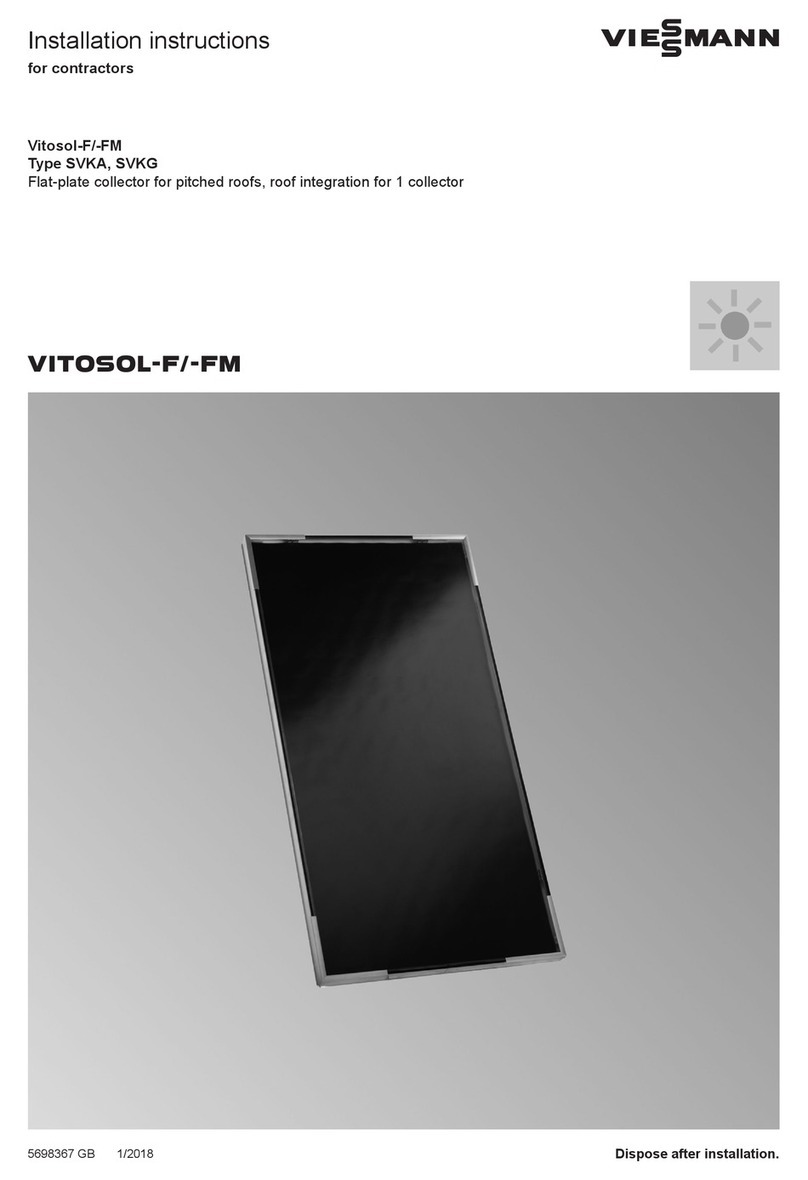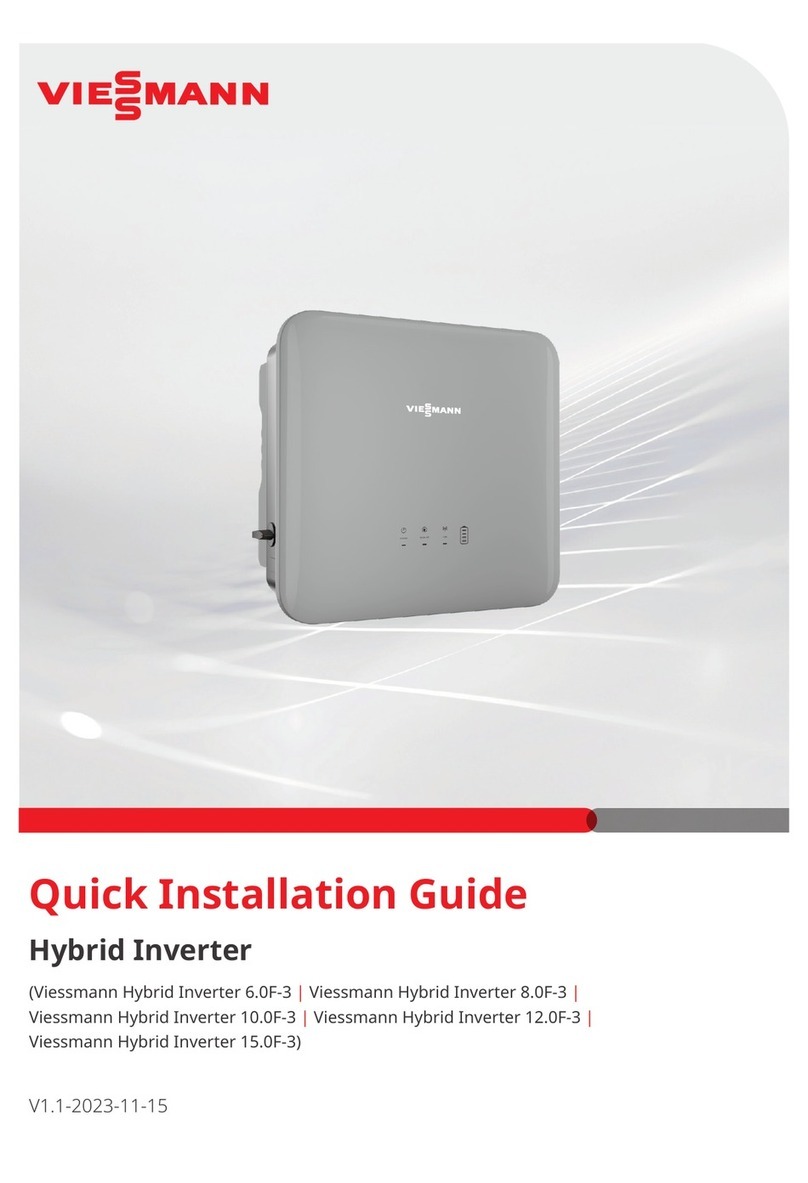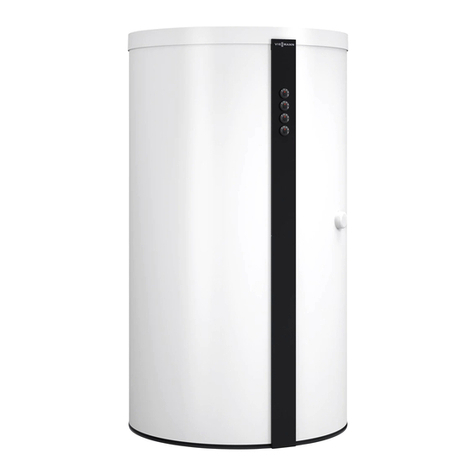
Solar-Divicon DN25B Installation, Start-up, Service
4
1.4 Hand-over of the system [specialist]
After installation and commissioning, the installer is
responsible for familiarizing the end user with the functions
of the system and the basic safety measures.
After commissioning, fill in the log on the last page of
this manual.
Hand the manual over to the end user and instruct
them to to keep the manual in close proximity to the
system.
Instruct the end user to have the solar station
serviced and repaired by a specialist only.
The controller settings must not be changed by the
customer.
Explain to the end user the function of the system and
of the safety devices. Point out to the end user that
the shell must remain mounted during operation and
that the ball valves in the temperature gauges and
flowmeter must always be open.
1.5 General safety instructions
Before installing and commissioning the product, you must read and observe the following safety instructions:
Danger of scalding due to escaping
vapor!
Flush and fill the system only if the
collector temperatures are below
150 °F (70 °C).
Connect a discharge line to the
safety assembly. Observe the
instructions regarding the pressure
relief valve.
The pressures calculated by the
installation planner for the
expansion tank and the operating
pressure of the installation must be
set prior to filling system
.
Material damage due to mineral oils!
Mineral oil products permanently damage the EDPM
sealing elements, resulting in a loss of their sealing
characteristics. We cannot be held liable for damage
caused by seals thus damaged, nor will we offer a
replacement under warranty.
It is imperative to prevent the EPDM sealing
elements from making contact with substances
containing mineral oils.
Use silicone- or polyalkylene-based lubricants free of
mineral oil, such as Unisilikon L250L and Syntheso
Glep 1 from the company Klüber or a silicone spray
Personal injury and material
damage caused by excess
pressure!
Closing both ball valves will disconnect
the safety assembly from the heat
exchanger. Heating the storage tank
can result in the formation of high
pressures, which may lead to material
damage and personal injury!
In operation, the ball valves with
temperature gauges and the ball
valve at the flowmeter must always
be open.
Close the ball valves only when
service is required.
Risk of burns!
The valves, fittings and the pump may
heat up to more than 212 °F (100 °C)
during operation.
The shell must remain closed during
operation.

































